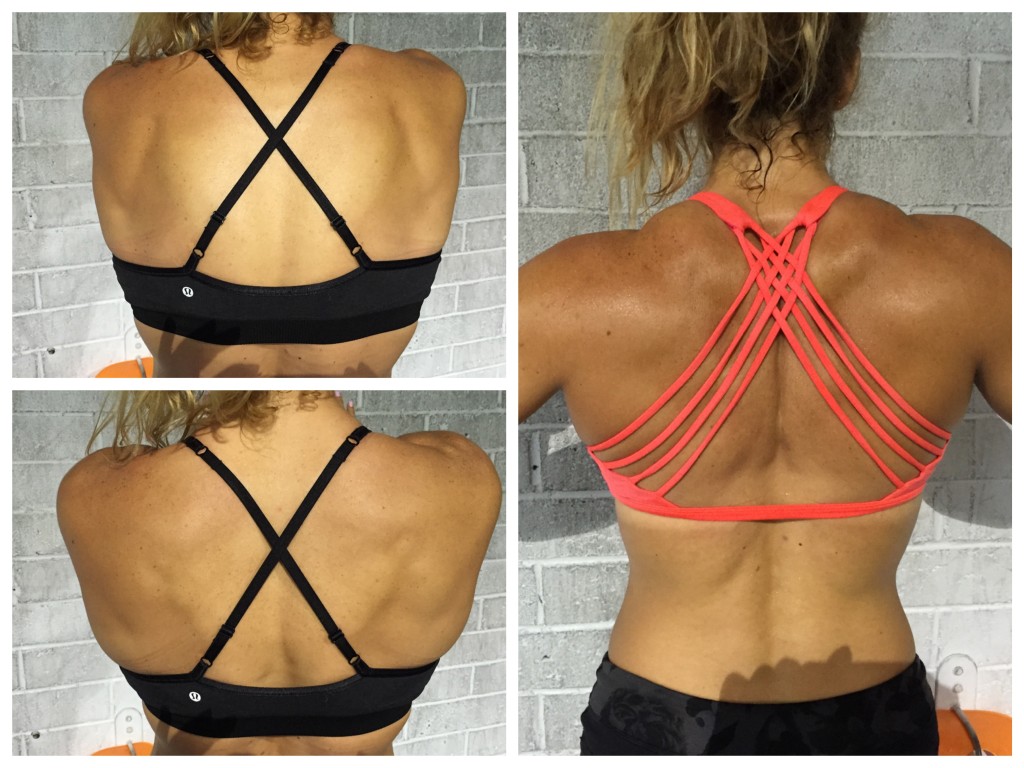Shoulder Blades Should Slide and Glide
Written by Michele Vieux
Most folks who have trouble going overhead know that they need to work on their shoulder and thoracic mobility; but often times they unknowingly neglect one of the most important pieces of the puzzle – the scapula (a.k.a. the shoulder blades). This bone and the muscles connected to it allow tremendous mobility in many directions including protraction, retraction, elevation, depression, anterior/posterior tilt, and internal/external and upward/downward rotation.
The scapula floats on the rib cage, and is attached to it only with muscles. That’s right – it’s only attached by muscles and it floats! Did you know that your shoulder blades should easily slide and glide across the back of your rib cage? DO they?
To check your scapular mobility:
-
Stand with your back facing a mirror. It is best if you take your shirt off so you can see your shoulder blades and upper back.
-
Turn your head so you can see your back. Pinch your blades together – they should visibly wing out and separate from the rib cage and there should be about an inch of space between the bottom tip of your blade and your rib cage.
-
Keep looking at the mirror and reach your arms and upper back as far forward as you can. You should see your blades reconnect to the rib cage and slide forward with your arms and there should be significant rounding in your upper back.
If you failed any of these tests then your shoulder is not fully functioning and you are at risk for injury.
To check a friend’s scapular mobility:
-
Have your friend stand with their back facing you and ask them to pinch their blades back.
-
Grab ahold of one blade. If you cannot grab it then they fail the test.
-
Ask them to relax their shoulder and physically attempt to move the blade in all directions across the rib cage.
Again, if any of these tests are impossible, then the athlete needs to work on their scapular mobility for strength gains, efficiency and safety.
Don’t forget the shoulder blades when it comes to shoulder and thoracic health! For the rest of this month – which happens to be “Remember Your Thoracic September” – focus your efforts on these muscles to mobilize your scapula: the serratus anterior, rhomboid major and minor, levator scapulae, and trapezii. These can all be addressed through mashing, static stretching and dynamic range of motion. Try this for a pre-workout routine:
Scapular & Thoracic Mobility Routine
T-Spine Mashing (double or single lacrosse ball) x 60-90 seconds
Cat Cow Pose x 60-90 seconds
Quadriped External Rotations x 10 reps each side
Short Seated Wall Reach x 10 reps @ 5521
Windmill External Rotation x 10-15 reps each side
Overhead Breathing Squat x 60 seconds
